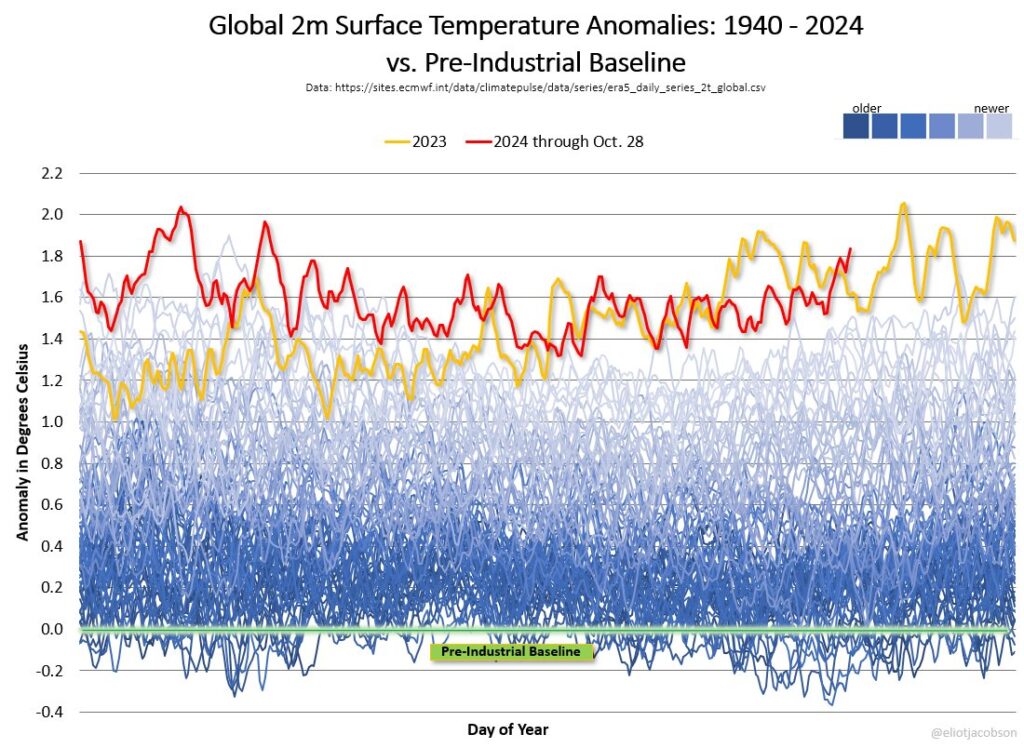
The global surface temperature anomaly is back over 1.8°C, at 1.83°C as of October 28th. This smashes last year’s record for the same day of 1.61°C – the same as the average anomaly so far this year@EliotJacobson
Posted July 15, 2024:
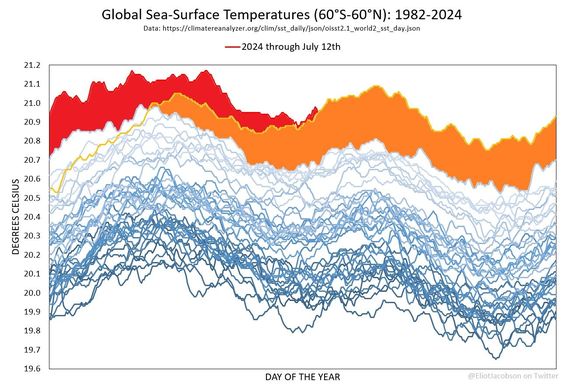
This year is set to be the warmest on record, with global surface air temperatures exceeding the 1.5°C threshold for the past 12 months and sea temperatures reaching their highest for 15 consecutive months.
Via @FinancialTimes https://t.co/nMi8xiusSV
— Víctor Fabregat Tena (@v_fabregat) July 14, 2024
This graph is a testament to how absurdly warm global sea surface temperatures have been over the last 12 months. Out of all the data visualizations I have posted on here so far, this might genuinely be the most alarming one. pic.twitter.com/xXPzLxgTkH
— Nahel Belgherze (@WxNB_) June 8, 2024
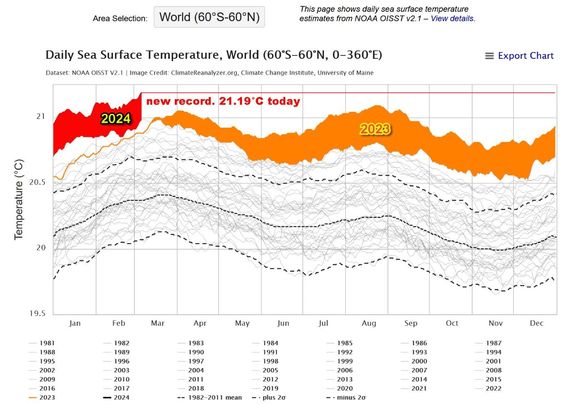
Copernicus: February 2024 was globally the warmest on record
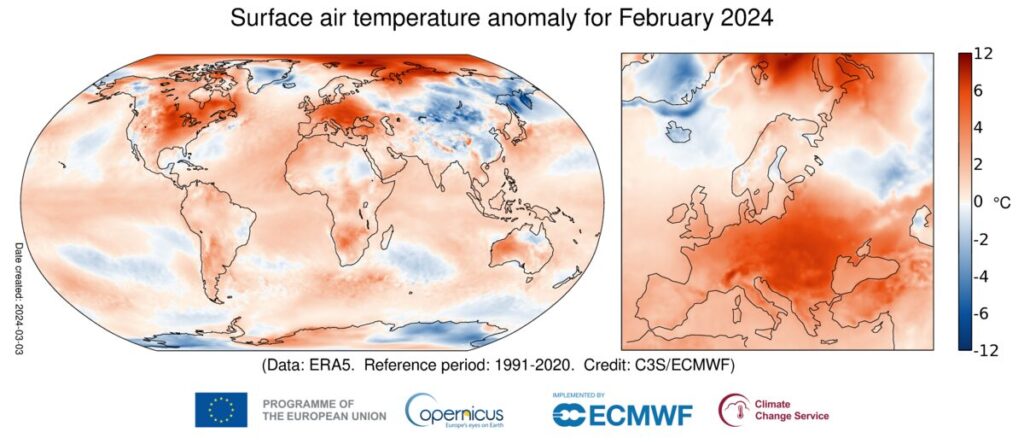
The Copernicus Climate Change Service (C3S), implemented by the European Centre for Medium-Range Weather Forecasts on behalf of the European Commission with funding from the EU, routinely publishes monthly climate bulletins reporting on the changes observed in global surface air and sea temperatures, sea ice cover and hydrological variables. All the reported findings are based on computer-generated analyses and, according to the ERA5 reanalysis dataset, using billions of measurements from satellites, ships, aircraft, and weather stations around the world.
February joins the long streak of records of the last few months. As remarkable as this might appear, it is not really surprising as the continuous warming of the climate system inevitably leads to new temperature extremes. The climate responds to the actual concentrations of greenhouse gases in the atmosphere so, unless we manage to stabilise those, we will inevitably face new global temperature records and their consequences.”
Carlo Buentempo, Director of the Copernicus Climate Change Service



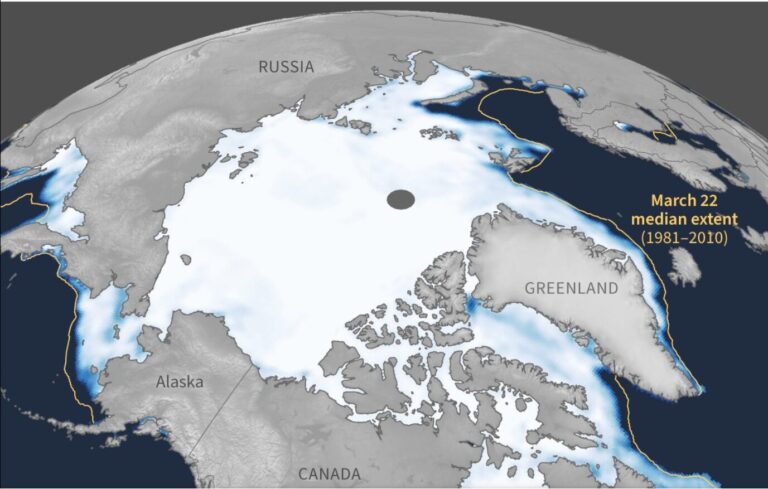
Comments are closed.